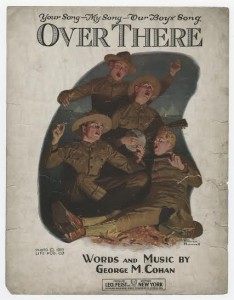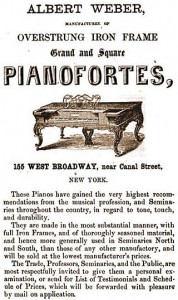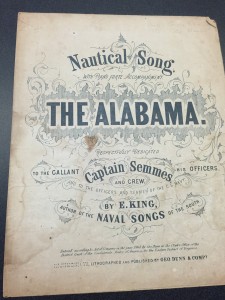
Bob Dylan has written some of the most well-known anti-war and pro Civil Rights songs to date. While most of his anti-war songs were originally written to protest the Vietnam War, many of them, including “Masters of War”, are still used to protest present-day wars. Dylan borrowed the arrangement for “Masters of War” from the song “Nottamun Town” recorded by folksinger Jean Ritchie. Dylan changed the lyrics and made it his own, although the lyrics were much more direct than most of his other songs. He was more emphatic in “Masters of War” with the message he wanted to convey: that the people with power in the government are at fault for the atrocities of war and all the unnecessary spilling of blood. Dylan was never so forthright in his other songs and he even surprised himself with the lyrics he used, stating “I’ve never written anything like that before. I don’t sing songs which hope people will die, but I couldn’t help it with this one.” Every line in this song is about how terrible these ‘masters of war’ are, and how Dylan can see through them, how he knows what they are doing in secret, how he hopes that they die and that Jesus doesn’t forgive everything they have done. Although this song was written during the time of the Vietnam War, the lyrics have been viewed as politically significant in many situations since then. Civilians continue to use this song in protests when they feel government authorities are misusing their power and that they are being treated unfairly. With the simple background music Dylan took for this song, the lyrics play the most important role. “The lyrics are powerful and unforgiving and they feel more intense because they are accompanied by this steady, calmer, background folk music” (WiB Team). “Masters of War” will always be an icon in the world of protest against wars that citizens feel are not right.
Emma Callesen
Bibliography
Team, WiB. “I CAN SEE THROUGH YOUR MASKS – EXPLAINING BOB DYLAN MASTERS OF WAR.” Words in a Bucket. N.p., 27 Feb. 2015. Web. 19 Oct. 2015.
Sullivan, James. “Bob Dylan’s 10 Craziest Fans.” Rolling Stone. Val Wilmer/Redferns, 16 May 2014. Web. 08 Nov. 2015.
Dylan, Bob. Blowin’ in the Wind. Bob Dylan. Columbia Records, 1963. Web.



